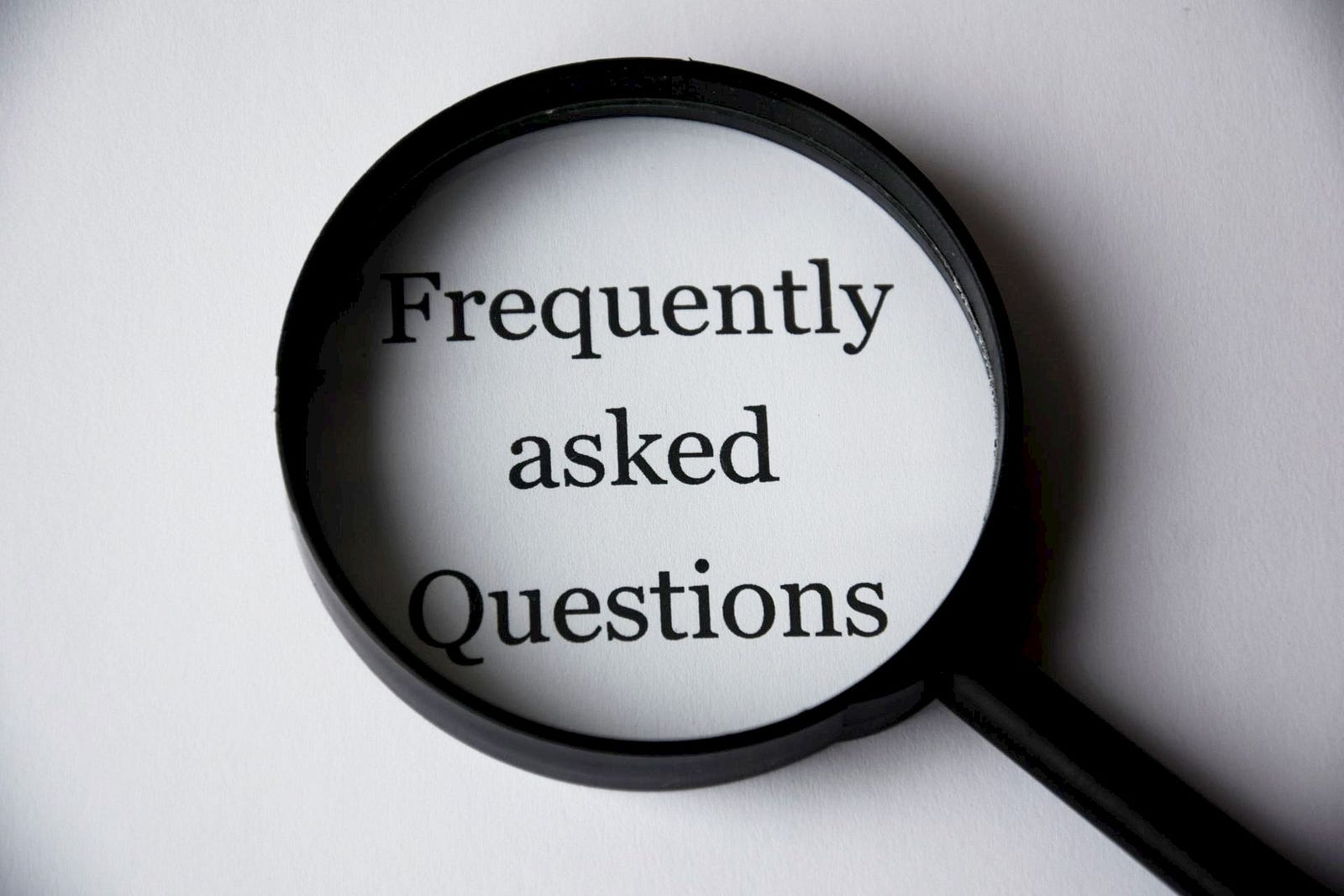
Is This Worth Reading?
If you do not currently live in a tech-fueled utopia, and if the abilities of machines do not yet match those of humans, then these words cannot be useless!
Who Should Read this Book?
This book is for those who have already been convinced that technology is going to get really-good, really-fast in the next few years and decades. I do not make an argument, here, to prove the how or why for this; I have left that up to other researchers, writers, scientists, and futurists. (If you’re looking for a quick intro to this topic, however, I can recommend reading the Wikipedia article on “The Technological Singularity”.)
This book is for those interested in crowdsourcing, and it is for those looking for a shortcut to an exciting future.
Why Doesn’t This Book Cite Specific Companies, People, or Real-World Examples?
I have decided not to cite individual’s names or company names as much as possible. This book’s focus is on general trends in technology, and I do not want information associated with particular crowdsourcing and other tech-based products (especially the ones in the news at the time of your reading this) getting in the way of my main points.
I also avoid citing names as a way to keep my thoughts on track. I have worked with several crowdsourcing and tech companies, and I want to avoid projecting the biases I have formed from this.
Is Reading This Book a Good Way to Learn the Basics of Crowdsourcing?
Unfortunately, no. I will only breeze through the basics. If you would like to learn more about crowdsourcing as a business model and as a technology, I recommend getting acquainted with something like an ‘introduction to crowdsourcing’ type of book or by looking into it more deeply online. I especially recommend exploring online-directories of crowdsourcing-powered companies.
I’ll be the first to admit, though, that reading can only do so much; crowdsourcing can be found in its best form in the shape of companies and apps. In my opinion, it takes-hands on experiences (microtasking as worker and requester, crowdfunding as donor or campaigner, and entering innovation contests or holding them) to fully understand and appreciate crowdsourcing.
How to Read This Book
You can enjoy it front to back, or you can read each chapter in isolation. You can also just browse the short-stories and comics in each chapter to get the basic-ideas (or to give yourself a refresher). This book is meant to be informational, not a literary masterpiece! Each future-shortcut-chapter will be based on a short ‘if-then statement’ to summarize their argument. These statements will be in text-form in each illustration.